Sarah Browning, Nebraska Extension Educator
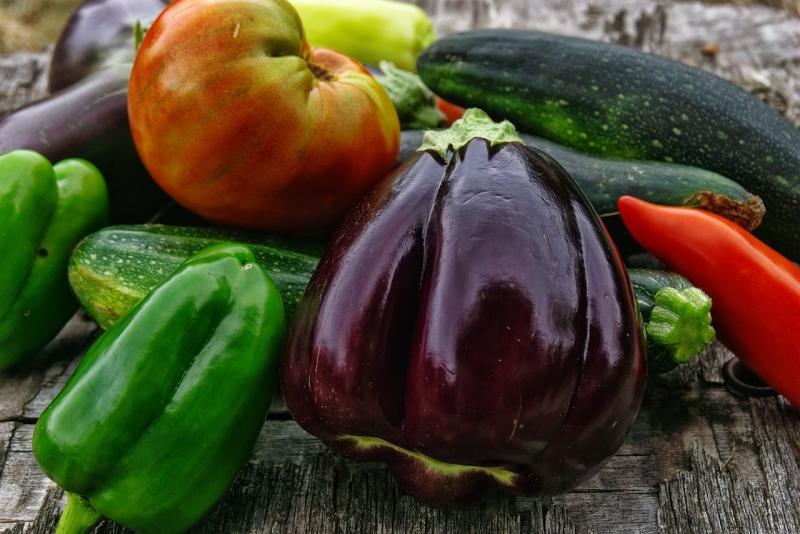
The important thing to remember about vegetables is that their taste will be better if you harvest them at the peak of quality. Image by Pixabay.com
The bulk of the summer harvest is still in the future, but this month the gardener begins to get a taste of what's to come. The important thing to remember about vegetables is that their taste will be better if you harvest them at the peak of quality.
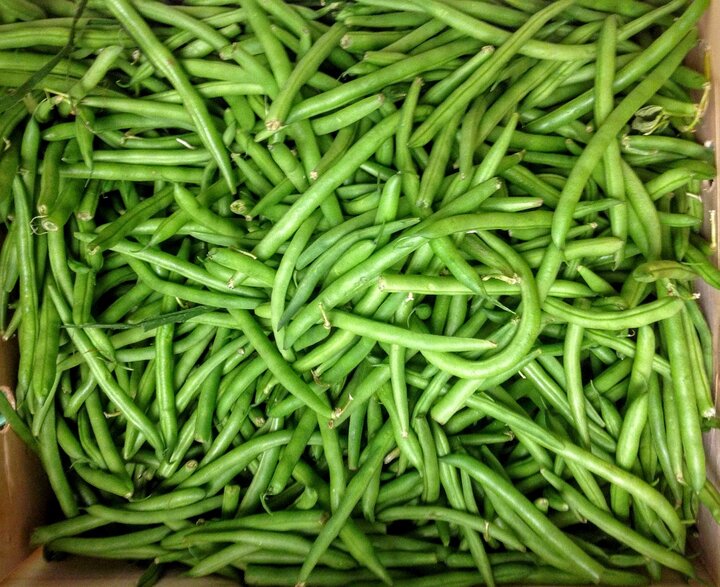
Snap beans, for instance, should be picked just as they're beginning to fill out. If you wait until they are obviously bulging with seeds, the pods will be tough and stringy. Pick them too small and you sacrifice a lot of yield.
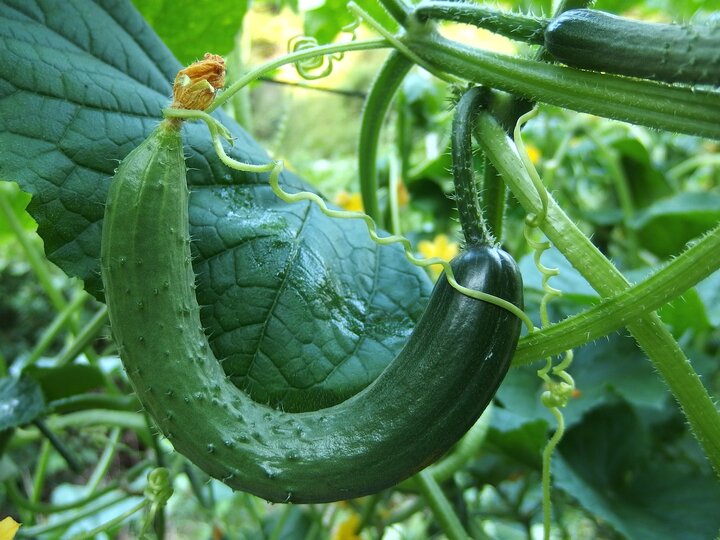
Pick cucumbers and summer squash as soon as they're big enough to eat. In warm weather, this may be only a few days after flowering. If you miss one and it gets overlarge, with woody seeds and tough skin, remove it from the plant and toss it on the compost pile. If you leave it, the plant will concentrate its effort on maturing that fruit's seeds rather than forming any more fruits. Keeping the fruits picked off keeps the plants producing.
Of course, if you're overwhelmed with more squash than you can use, keeping them producing might not look all that attractive. Make a note to yourself to cut back next year. This year, look for somewhere to sell or trade them.
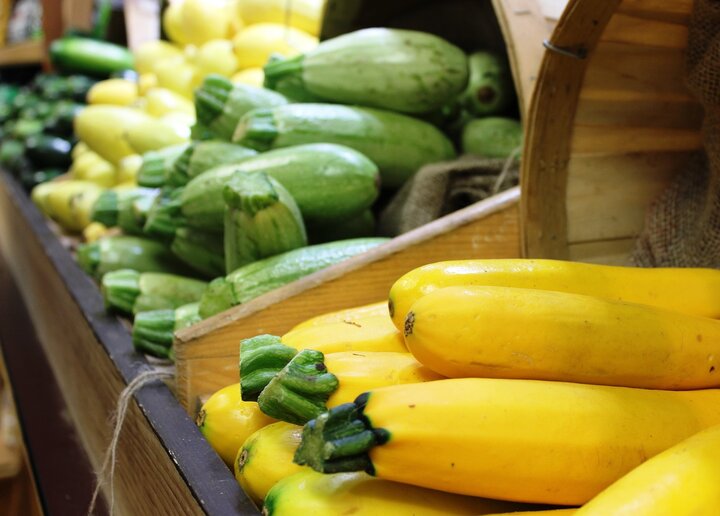
Like cucumbers and summer squash, carrots and beets are higher in quality when they're small. If you don't get around to thinning carrots until they are 1/2 inch or so in diameter, eat the thinnings. Pick beets when they're no more than 3 inches in diameter. Larger beets tend to get woody. Radishes left too long in the garden get woody and hot.
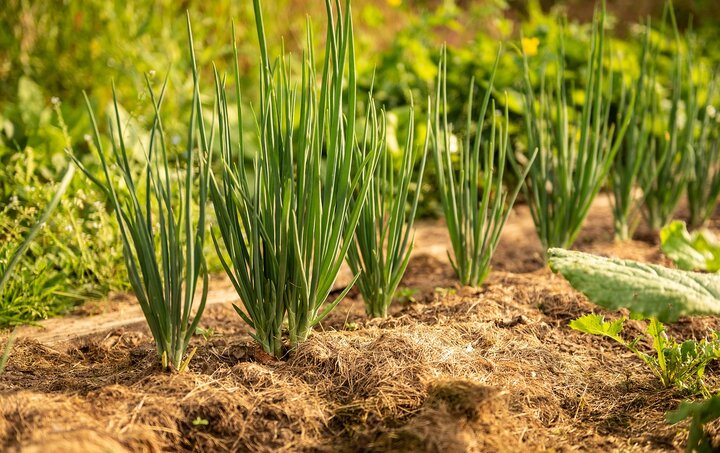
You can harvest onions at any stage of development. Thinnings can be used like green onions. Bulbs can be harvested and used for cooking or fresh eating. If you planted varieties recommended for winter storage, such as Spartan Sleeper and Stuttgarter, you can leave them in the ground to mature and dry, then cure them for winter storage.
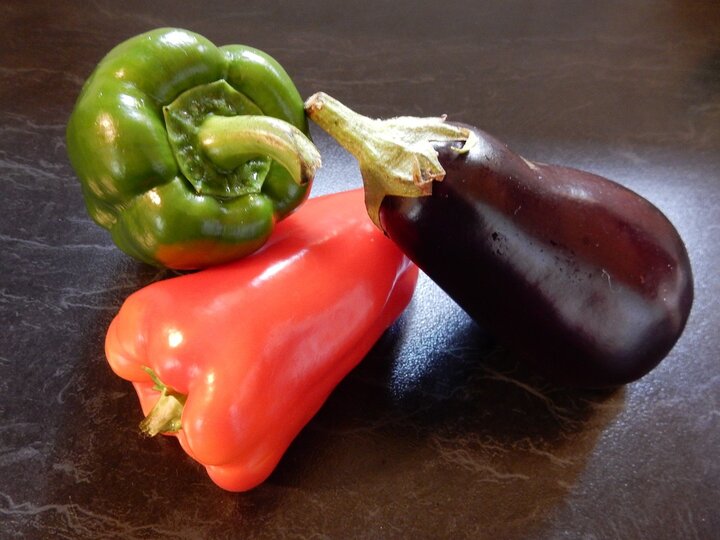
Peppers and eggplants can be harvested before they reach full size. They can also be left on the plants for some time after they get their growth. Most peppers turn color as they mature, going from green or yellow to red. Harvest them at any stage.
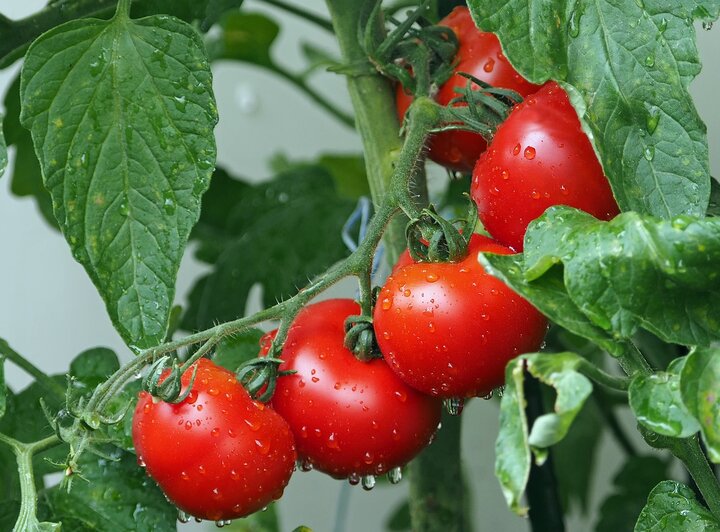
Most gardeners pace the garden waiting for that first ripe tomato. To hurry the harvest a bit try some of the many recipes using green tomatoes. On of the favorites calls for green tomatoes, summer squash, onions and bacon. Fry a few slices of bacon, then add the other vegetables, sliced or chopped. Cook them until just tender.
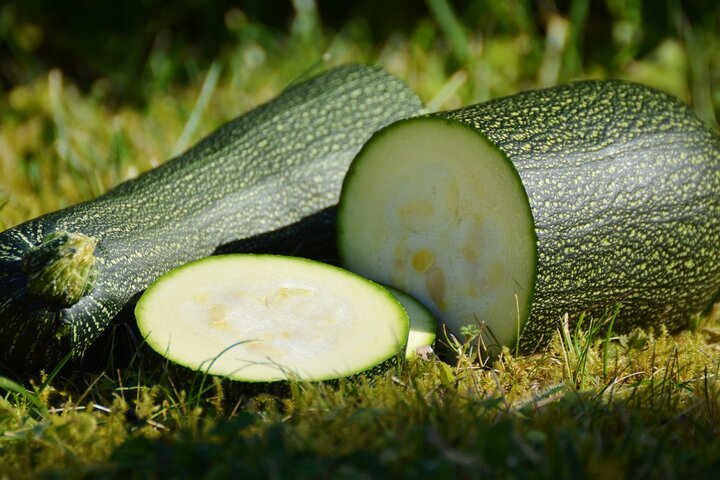
Try using other vegetables in new ways, too. Raw zucchini, for example, can be grated on a salad or sliced and stir-fried with herbs. Many raw vegetables offer a cool change of pace when served with a tasty dip. Vegetable sandwiches are another possibility. Deep fat-fried cauliflower and eggplant can be delicious.
When you find a variety that you especially like -- in your garden or someone else's -- make a note of the name. Put it with you garden records for this year so you'll have it at hand when it's time to order next year's seeds.
Images by Pixabay.com - 1) Snap Beans 2) Cucumber 3) Squash 4) Onion 5) Pepper & Eggplant 6) Tomatoes 7) Zucchini
The author would like to acknowledge the contribution of Don Janssen, UNL Extension Educator who authored the first edition of this publication.
Search Our Archive
Associated Video
2023 Backyard Farmer Garden Timelapse .
We check out the Backyard Farmer Garden from bare soil to full bloom for the 2023 season.